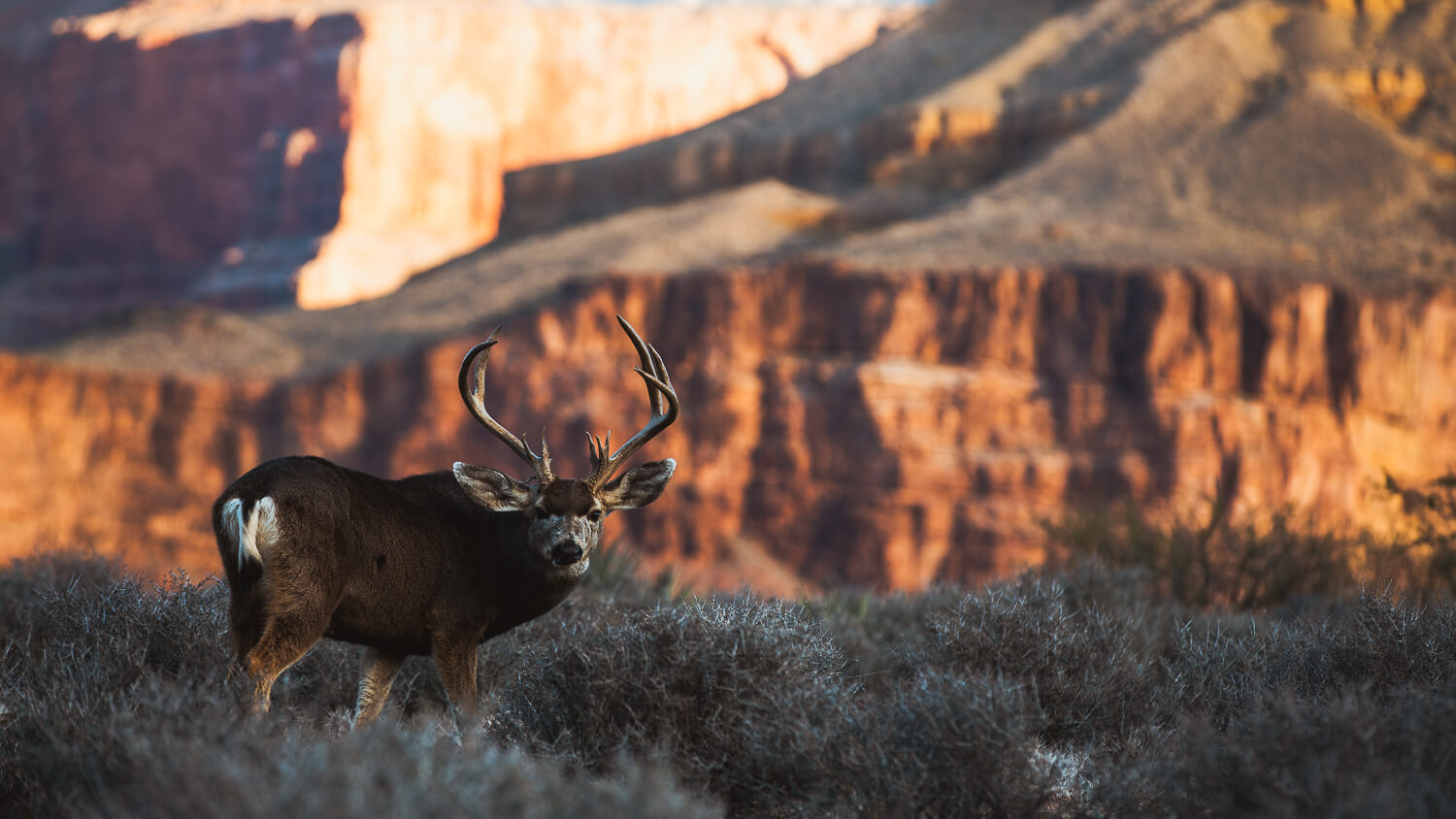This is the incredible story about how two enormous rocks colliding some 4.5 billion years ago created the moon, the tides, and the timing of the breeding season for the animals we love to hunt.
Not long after (not long in geologic time, that is) the Earth coalesced in its orbit around the sun, it was hit by another orbiting rock roughly the size of Mars – or so the hypothesis goes. The collision was catastrophic and sent a chunk of rock (now the moon) into orbit around the young planet. And it’s the moon’s gravitational force acting on the Earth that pulls the water of the oceans into tides (only mentioned here to close the loop in the opening paragraph). But it did another thing that’s critically important to life as we know it today also. It knocked the Earth on its ass, and into an off-kilter, angled-axis rotation. Remember globes from grade school? Yep, they’re all set at an angle off 90 degree centers. In fact, the planet oscillates between about 22 and 24 degrees off center over the course of 26,000 years.


This is important because as you know, the longest day of the year is June 21 – the summer solstice. And the shortest day is December 21st, the winter solstice – introducing the concept of photoperiodism. Simply put, photoperiodism is how living organisms react to the varying lengths of dark periods throughout the seasons of Earth’s orbit.
You’ve probably heard on the internet forums, that the rut is impacted by cold weather. You’ve probably also heard that this is both correct, but also mostly wrong. And that photoperiodism is what triggers the rut from year to year (the cold just makes for suitable conditions for increased rut activity).
(If you want to learn more about photoperiodism, GoHunt has a good article.)
Here’s how it works. As light enters the eye ball and is interpreted in the occipital lobe of the brain it affects more than just vision. As the available light fades in the environment, the pineal gland becomes active (synthesizing melatonin) and acts on the pituitary to release increased sex hormones needed for male and female readiness/eagerness to breed. The buildup of sex hormones in the blood is a slow process occurring over the course of weeks – and also affects other animal behavior changes and biological processes (such as antler growth).

The process developed over thousands and thousands and thousands of years, and is well-tuned with the length of gestation and optimal fawn or calf drop. Over the aeons, animals that dropped too soon, or too late, would have slowly stopped passing on the less optimal hormonal timing to the successive generation. It’s been a slow dance between the species we love and environmental conditions over the course of massive amounts of time.
When you step back and view this process from the proverbial 30,000 feet (or more aptly a 30,000 years view), the incredulousness gives way to awesome sense of serendipity and a deeper and deeper appreciation for the genius of life and the natural processes at work on this cosmic experience.
So when you’re trying to intercept that 180” mule deer buck as it chases a doe in their yearly mating ritual, keep the thought of those two colliding rocks somewhere in the back of your mind. And when you slip your hands around that buck’s antlers, enjoy a deeper appreciation of the intricacies of the natural processes that brought the two of you together this year.
Recent Posts
Life Advice From A Hitman
One of my favorite movies of all time is Collateral. It stars Jaime Foxx and Tom Cruise. Foxx is Max, a mild-mannered cab...
A Rut Story 4.5 Billion Years In The Making
This is the incredible story about how two enormous rocks colliding some 4.5 billion years ago created the moon, the tides, and the...
In Constant Motion
I’m sitting at a desk in my home office. My fingers tap a keyboard as I write this. My home is in a...



